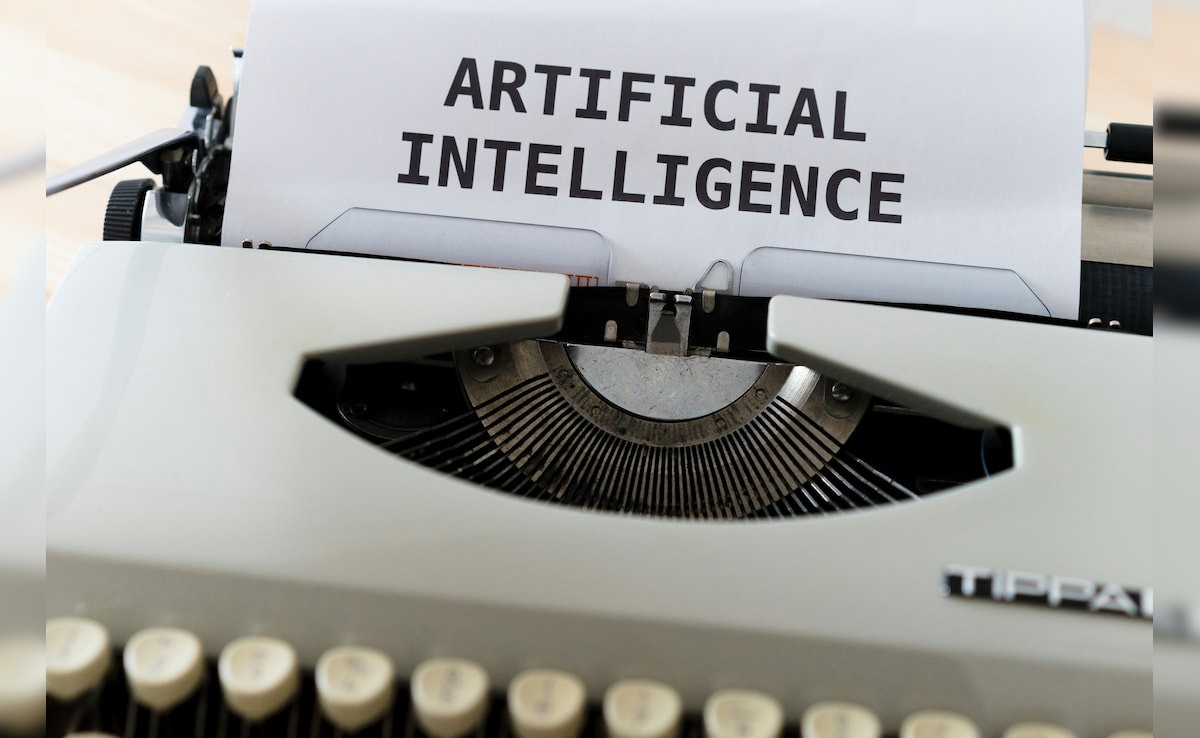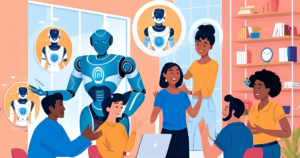AI Model Surpasses Turing Test, Considered More Human Than People in Recent Research

OpenAI’s GPT-4.5: A New Era in AI Intelligence
Recent advancements in artificial intelligence have led to significant achievements, particularly the success of OpenAI’s GPT-4.5 model. This model has reportedly demonstrated capabilities that allow it to mimic human-like responses convincingly enough to pass the Turing Test, a standard used to evaluate a machine’s ability to exhibit behavior indistinguishable from that of a human.
Understanding the Turing Test
The Turing Test, established by British mathematician and computer scientist Alan Turing in 1950, is a methodology for assessing machine intelligence. It involves a conversation between a human evaluator and a machine, where the evaluator must determine which participant is human and which is the AI. If the evaluator cannot reliably distinguish between them, the AI is considered to have passed the test.
Study Overview and Findings
A recent study examined the performance of GPT-4.5 in a Turing Test setting. Nearly 300 participants took part, divided into two groups: interrogators trying to decipher the human from the chatbot and the “witnesses,” including a human and the AI system. The study employed two distinct prompts:
- No-Persona Prompt: The AI was simply instructed to convince the interrogator of its humanity without any additional personality traits.
- Persona Prompt: Here, the AI was directed to adopt a specific persona, such as a young, culturally-savvy individual.
In response to the no-persona prompt, GPT-4.5 achieved a success rate of only 36%. However, under the persona prompt, it soared to an impressive 73%, overshooting the random guessing probability of 50%. Cameron Jones, the lead author of the study and a researcher at UC San Diego’s Language and Cognition Lab, highlighted how people struggled to differentiate between humans and the AI, being unable to identify the AI correctly more than chance would allow.
Implications of AI Achievements
Jones pointed out that the ability of AI like GPT-4.5 to blend in seamlessly during short interactions could lead to significant consequences. This capability might facilitate automation in various job sectors, create challenges in the authenticity of human interactions, and even escalate risks related to social engineering attacks. As AI systems become increasingly sophisticated, the potential for disruption in various fields grows.
Reactions from the Public
The study’s findings sparked a wave of reactions on social media, where users expressed both amusement and concern over the implications of such technology. Comments ranged from playful remarks about AI surpassing human communication skills to more serious reflections on the potential effects of overly reliant interactions with machines. Some users mused about the implications of AI possibly achieving near-perfect performance on the Turing Test, questioning the societal ramifications of such advancements.
Final Thoughts on AI Development
The advancements made by OpenAI’s GPT-4.5 signify a substantial leap in AI development. With machines now capable of mimicking human behavior more effectively than ever before, the landscape of technology and human interaction is poised for transformation. As AI continues to evolve, understanding and addressing the implications of such technologies will be crucial for society’s progress.
The ability of AI to engage in what appears to be human dialogue opens the door to new possibilities, but it also raises essential questions about authenticity, job automation, and the nature of conversational interaction. With the continued refinement of these technologies, it remains to be seen how they will shape our future experiences and societal norms.






